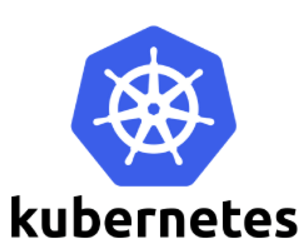
In this tutorial, we will show you how to install Kubernetes on CentOS 8. For those of you who didn’t know, Kubernetes is a free and open-source container management system that provides a platform for deployment automation, scaling, and operations of application containers across clusters of host computers. With Kubernetes, you can freely make use of the hybrid,on-premise, and public cloud infrastructure in order to run the deployment tasks of your organization.
This article assumes you have at least basic knowledge of Linux, know how to use the shell, and most importantly, you host your site on your own VPS. The installation is quite simple and assumes you are running in the root account, if not you may need to add ‘sudo‘ to the commands to get root privileges. I will show you the step-by-step installation of Kubernetes on a CentOS 8 server.
Prerequisites
- A server running one of the following operating systems: CentOS 8.
- It’s recommended that you use a fresh OS install to prevent any potential issues
- A
non-root sudo useror access to theroot user. We recommend acting as anon-root sudo user, however, as you can harm your system if you’re not careful when acting as the root.
Install Kubernetes on CentOS 8
Step 1. First, let’s start by ensuring your system is up-to-date.
sudo clean all sudo dnf update
Step 2. Installing Kubernetes on CentOS 8.
Now, we add the Kubernetes repository on your CentOS system:
sudo nano /etc/yum.repos.d/kubernetes.repo
Add the following contents:
[kubernetes] name=Kubernetes baseurl=https://packages.cloud.google.com/yum/repos/kubernetes-el7-x86_64 enabled=1 gpgcheck=1 repo_gpgcheck=1 gpgkey=https://packages.cloud.google.com/yum/doc/yum-key.gpg https://packages.cloud.google.com/yum/doc/rpm-package-key.gpg
Then, install the necessary packages using the following command:
sudo dnf install kubelet kubeadm kubectl --disableexcludes=kubernetes
After installation, enable the kubelet daemon with the command:
sudo systemctl enable --now kubelet
For the next task, you must su to the root user. Once you’ve done that, issue the command:
nano /etc/sysctl.d/k8s.conf
Add the following lines:
net.bridge.bridge-nf-call-ip6tables = 1 net.bridge.bridge-nf-call-iptables = 1
Finally, reload the configuration with the command:
sysctl --system
Congratulations! You have successfully installed Kubernetes. Thanks for using this tutorial for installing Kubernetes on your CentOS 8 system. For additional help or useful information, we recommend you to check the official Kubernetes website.